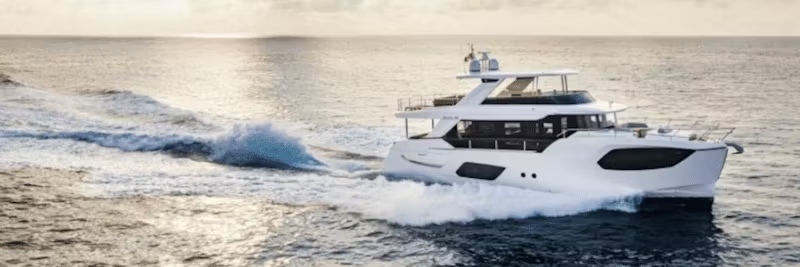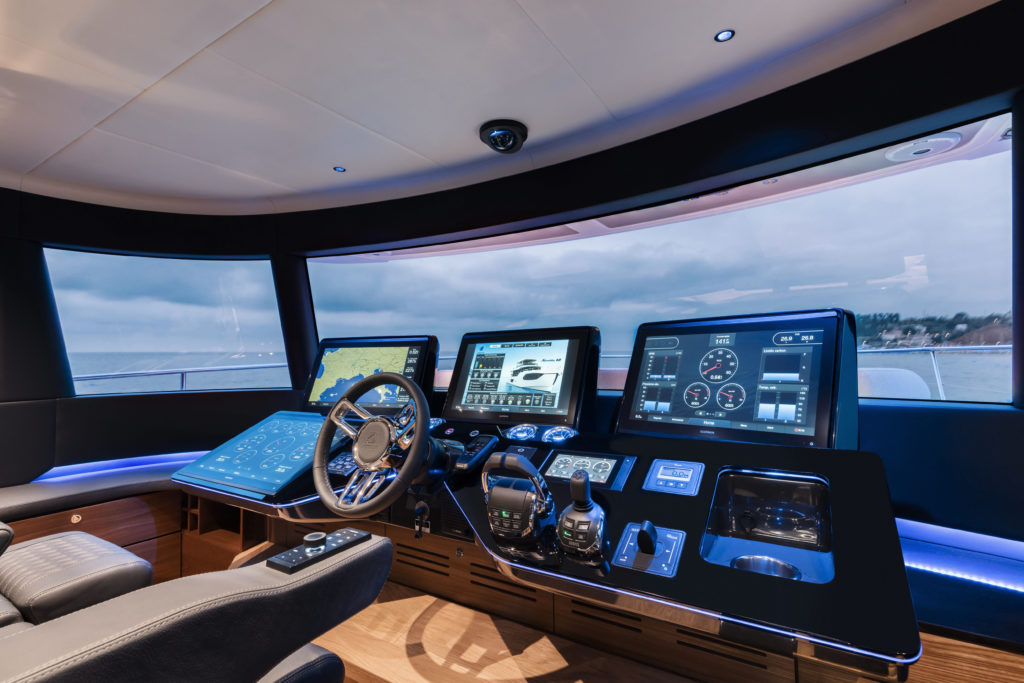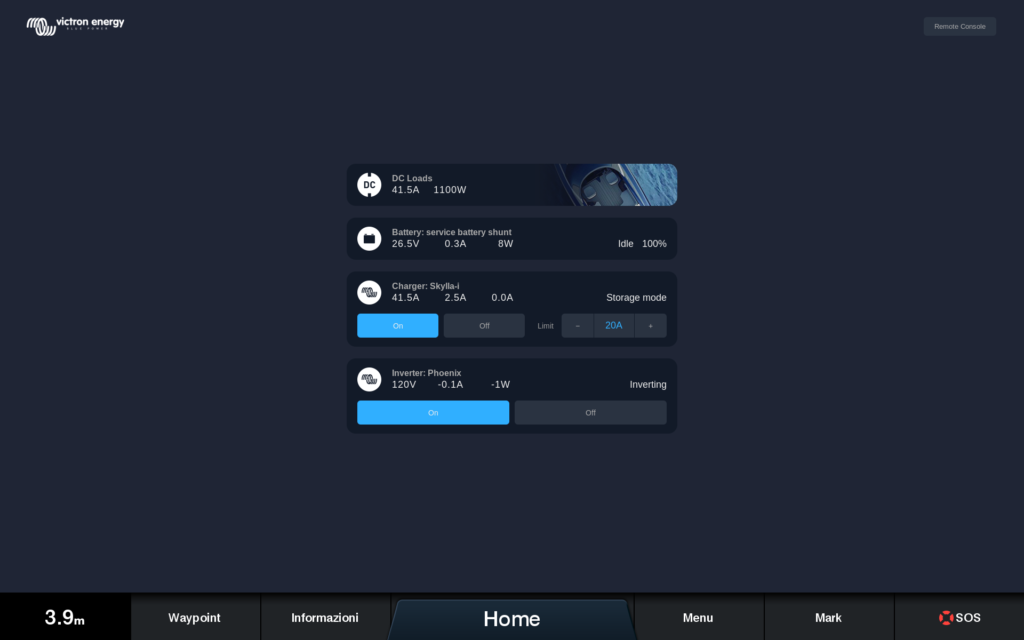Varukorg
Rabatt: 0,00 SEK
Rabatt: 0,00 SEK
Justin, Victron Energy |5/06, 2020

Absolute, den italienska tillverkaren av lyxyachter, skapar innovativa båtar med den senaste tekniken. Ett exempel är den eleganta Navetta 68 som har en multifunktionell display (MFD) där energihantering – som strömförbrukning och batteriets laddningsstatus – visas tillsammans med navigationsdata direkt på båtens Glass Bridge. Nu har skepparen all viktig information samlad på ett ställe – lättillgängligt och överskådligt.
Målet med att kombinera dessa olika informationssystem är att förenkla presentationen av energidata och göra den lätt att hitta. All information är nu direkt tillgänglig på MFD:n – på bryggan, flybridge och i besättningshytten – i ett tydligt och enkelt format.
Tidigare har behovet av att visa navigationsdata tillsammans med kritisk information som tanknivåer, kommunikation, miljödata och säkerhet hindrats av att systemen använder olika kommunikationsprotokoll. Framför allt har information om båtens kraftproduktion, lagring och distribution varit helt isolerad från övriga system. Resultatet? En rörig instrumentpanel med olika skärmar i olika storlekar och färger. Inte längre:

Integrationen med MFD är enkel – anslut en ethernetkabel. Alla Victron-enheter med VE.Can-port kan kopplas till ett NMEA 2000-nätverk, men oftast används en GX-enhet som Venus GX, CCGX eller Cerbo GX. GX-enheten fungerar som nav och samlar data från alla anslutna kraftenheter – som växelriktare, batterimonitorer och laddare – och gör informationen tillgänglig på MFD:n.

Kraftförsörjnings- och lagringssystemet ombord är designat av UFLEX SRL, ett italienskt företag specialiserat på marina kraftsystem. Systemet inkluderar:
Navetta 68 är 68 fot lång och har plats för 16 personer. Fyra kabiner för ägare och gäster samt en besättningshytt. Motorn? Två Volvo Penta D13-IPS1350 (2×735 kW) eller två D13-IPS1200 (2×662 kW).

Förutom Garmin fungerar integrationen även med Navico, Simrad, B&G, Lowrance, Raymarine och Furuno.